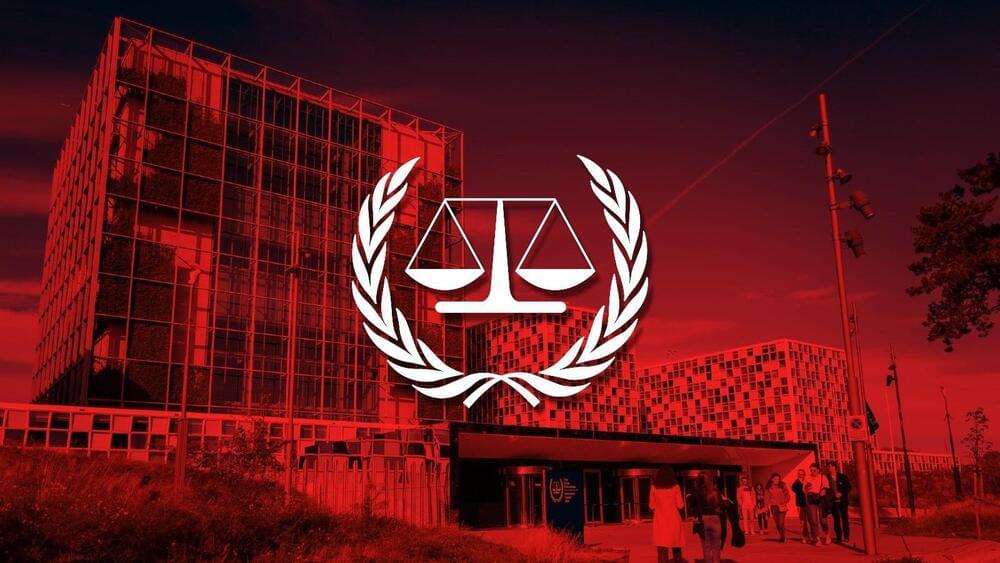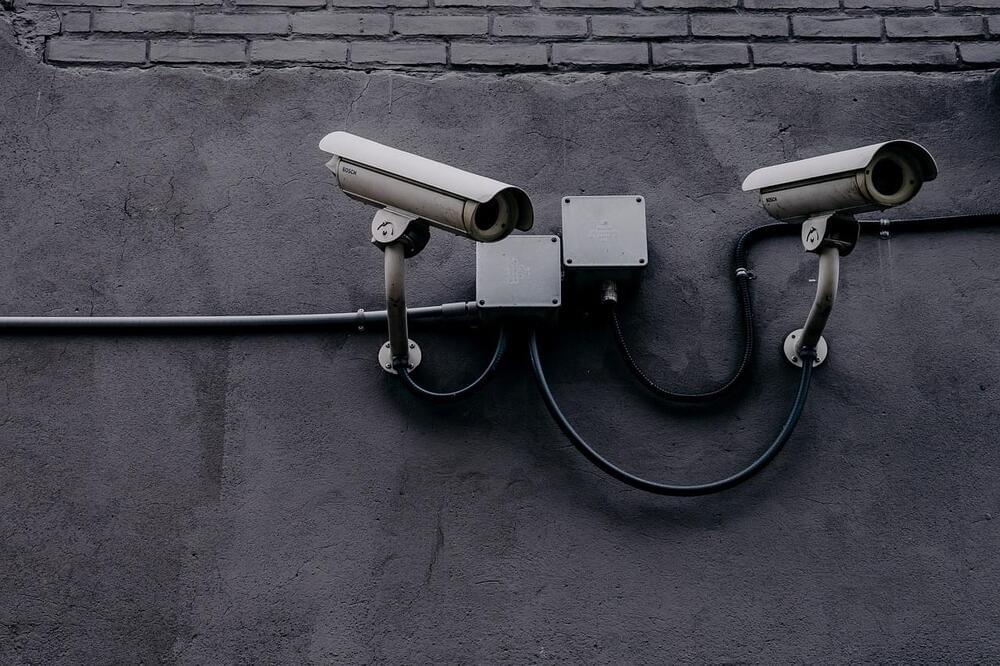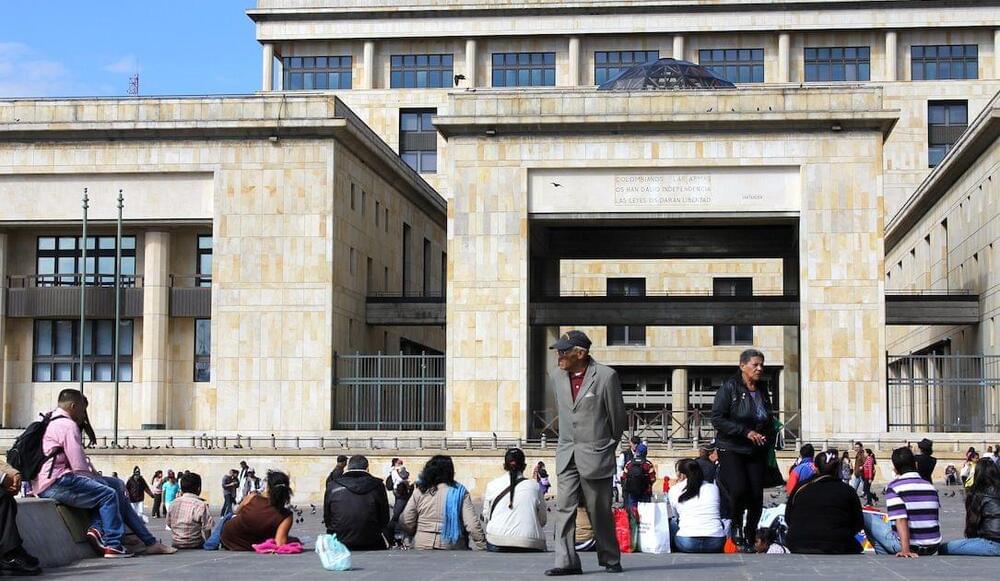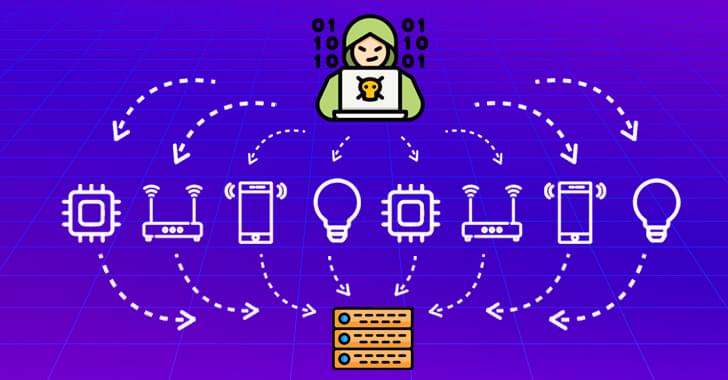The P2PInfect botnet worm is going through a period of highly elevated activity volumes starting in late August and then picking up again in September 2023.
P2PInfect was first documented by Unit 42 in July 2023 as a peer-to-peer malware that breaches Redis instances using a remote code execution flaw on internet-exposed Windows and Linux systems.
Cado Security researchers who have been following the botnet since late July 2023, report today seeing global activity, with most breaches impacting systems in China, the United States, Germany, Singapore, Hong Kong, the UK, and Japan.





 עברית (Hebrew)
עברית (Hebrew)



